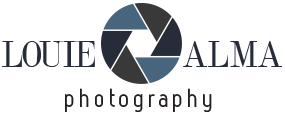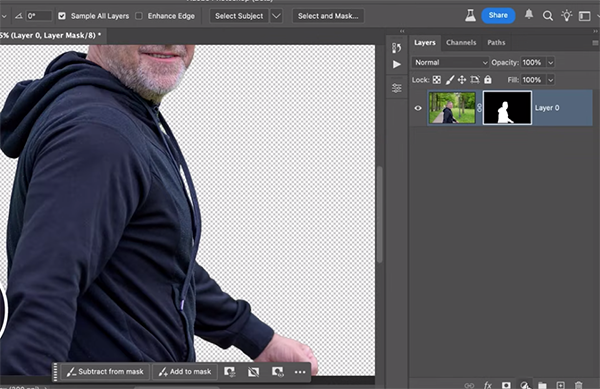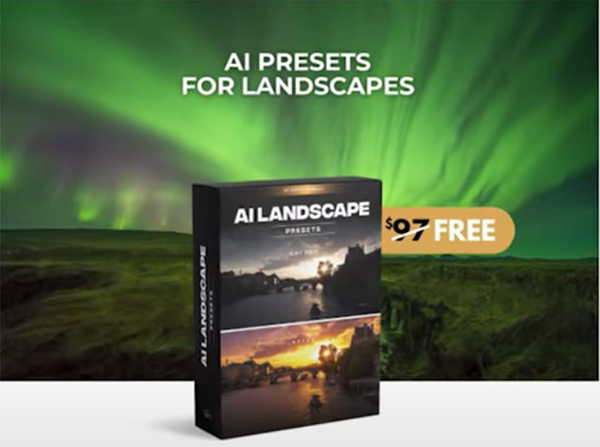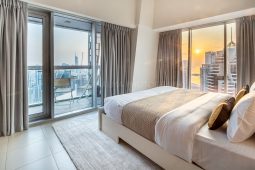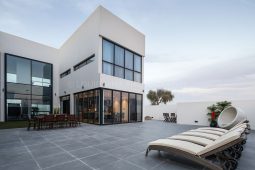Boudoir Photo Basics: Alluring Poses of Curvy Models, Composition, Settings & More (VIDEO)
The Patrick’s Boudoir Photography YouTube channel is a great source of information for those new to this unique subset of portraiture that relies heavily upon your ability to capture flattering, sensuous images that emphasize a subject’s best physical attributes. The video below is episode #22 of an ongoing Two-Minute Series.
Our instructor Patrick is a Vienna-based boudoir artist who specializes in natural light B&W imagery with simple gear. His straightforward lessons cover everything from simple window lighting without costly supplemental illumination, composition techniques, unique eye-catching effects, appropriate camera settings, post processing methods and more.
He does some of this in today’s lesion, but the main emphasis is on posing. If you’re just getting started it’s unlikely you have access to professional models (most of whom have slim figures) so your subject will probably be a spouse, significant other, or a willing friend who just may be more curvy or voluptuous that an experienced model.

This situation requires a different approach that calls for positive reinforcement and careful direction on your part so that your subject is relaxed, confident, and feels like an important partner in the session. You’ll also want to patiently guide her through a number of simple poses that accentuate her form without taking things too far.
By following Patrick’s suggestions in the next two minutes you’ll be able to fulfill these responsibilities and capture alluring images that make you and your subject proud. Along the way you’ll learn how switching up your vantage point and a slight shift in body posture can quickly transform a good photo into a great one with a professional look.
The lesson concludes with a quick discussion of post processing and an illustration of how Patrick’s Ultimate Preset Pack (there a link in the description beneath the video), will enable you to make great edits with ease. There’s also a link for downloading his Free Posing Guide that will prove very helpful as your boudoir photography skills evolve.

Be sure to visit Patrick’s instructional YouTube channel where there are many more how-to videos, along with all the earlier installments of this Two Minute Series for beginners.
If you prefer shooting in color and your photographs look wrong, don’t miss the earlier tutorial we featured with a post-processing expert who demonstrates a quick trick for achieving images with perfect tones.

